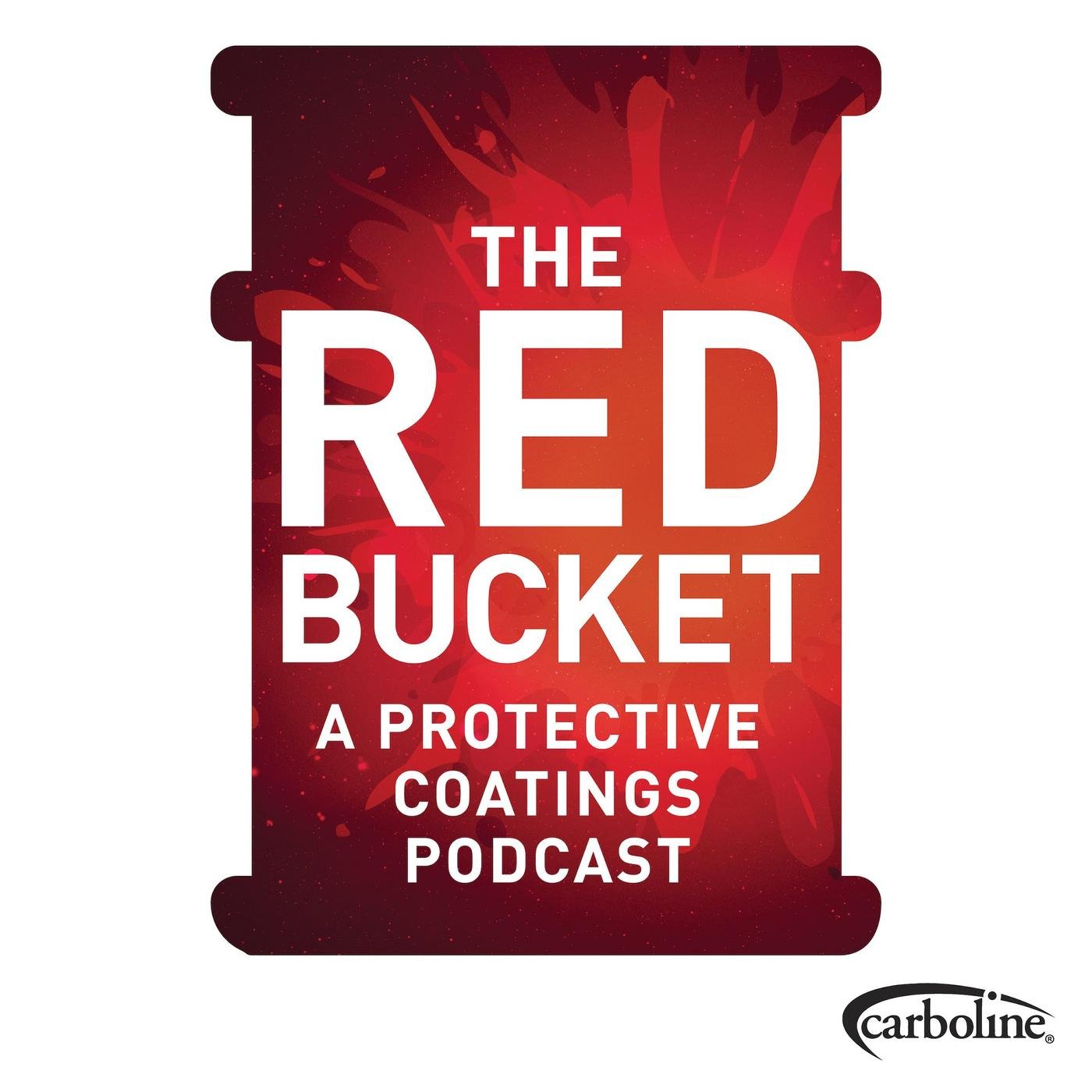
The Red Bucket: A Protective Coatings Podcast provides a behind-the-scenes look at the industrial coatings industry. Decision-makers and SMEs from throughout the world of coatings share their processes, practices, and passions with hosts Paul Atzemis and Toby Wall.
Understanding electrostatic dissipative (ESD) vs. conductive floor coatings is one of the industry’s most persistently misunderstood topics. In this episode of The Red Bucket, subject matter expert Richie Cropp of Dudick discusses the purpose of these specialty products, provides use cases for each type, and explains the critical importance of seeking the knowledge of material manufacturers. Also, Richie shares his plans for Black Friday.
Find out more at https://carboline-tech-service-podcast.pinecast.co
Shortly after the turn of the last century, the cellulosic fire time/temperature curve was developed to assess the performance and safety of building materials and passive fire resistive materials. It was the cutting edge for its time. But, according to Chris Burst, the composition and contents of our built environment today prove its time has run out.
Also in the episode, Toby isn’t sure he’s never seen a ghost, and Chris tells a bad joke.
This episode contains references to a three-part article series we recently published about modern fire loads. Read them here: Part 1. Part 2. Part 3.
Find out more at https://carboline-tech-service-podcast.pinecast.co
Kristen Blankenship discusses whether coatings manufacturers can truly impact product sustainability – minus the greenwashing. Then, we learn whether she sees molecules The Queen’s Gambit style.
Find out more at https://carboline-tech-service-podcast.pinecast.co
Dan Baribault and Paul Atzemis continue their exploration of the unique technology and wide range of use cases for surface-tolerant epoxy mastics like Carbomastic 15. Then, Paul likens himself to a cross between Rapunzel and Gandalf.
Why do some surface-tolerant mastic epoxies work so well in so many different services? Paul Atzemis and Dan Baribault deconstruct Carbomastic 15, explaining why its resin technology and added pigmentation combine to make it one of the industry’s best performers. And, Dan imagines a walk along the Lake Pontchartrain Causeway.
Inflow & infiltration (I&I) is a serious challenge to water and wastewater infrastructure owners, who usually don’t know they have an I&I problem until it’s too late. What is I&I? What does it cost? How do you stop it? How does controlling I&I fit into a holistic asset management and maintenance program? Jeremy Sukola and David Dingler of Prime Resins, a division of Carboline, explain. Spoiler: magic in a cup.
Want to schedule a demo? Contact Prime Resins here, or Carboline here.
After some time off the air, The Red Bucket returns with a narration of a complex electric vehicle (EV) facility construction project in Canada, with Jeffrey Lagendyk of Nor-Lag Coatings helping tell the story. The project included applying intumescent fireproofing under tight deadline pressure in foul weather. Paul introduces a new voice to the podcast.
Controlling soluble salts is one of the largest challenges faced during the surface preparation portion of a coating project. Failure to remove soluble salts can drastically shorten a coating’s lifecycle. On this episode, Ken Rossy, President of HoldTight, joins us to discuss the differences between atmospheric and immersion services, the debate on allowable soluble salt limits, and how additives can help. All of this and more coming up next on The Red Bucket.
On this episode of The Red Bucket, Pete Mitchell from GMA Garnet joins us as we explore the various factors of abrasive blasting that contribute to long-term coating performance. The industry has focused on cleanliness and profile for years, but a new study suggests that peak density could be the largest contributing factor. We talk about all of that and more coming up next on The Red Bucket.
Previously on The Red Bucket, we began our exploration into all things concrete with our friend and AMPP Instructor, Paul Kennington. This month, we continue our conversation with Paul, discussing moisture effects, inspection, testing standards, and when to coat the concrete. All of that and more are coming up next on The Red Bucket.